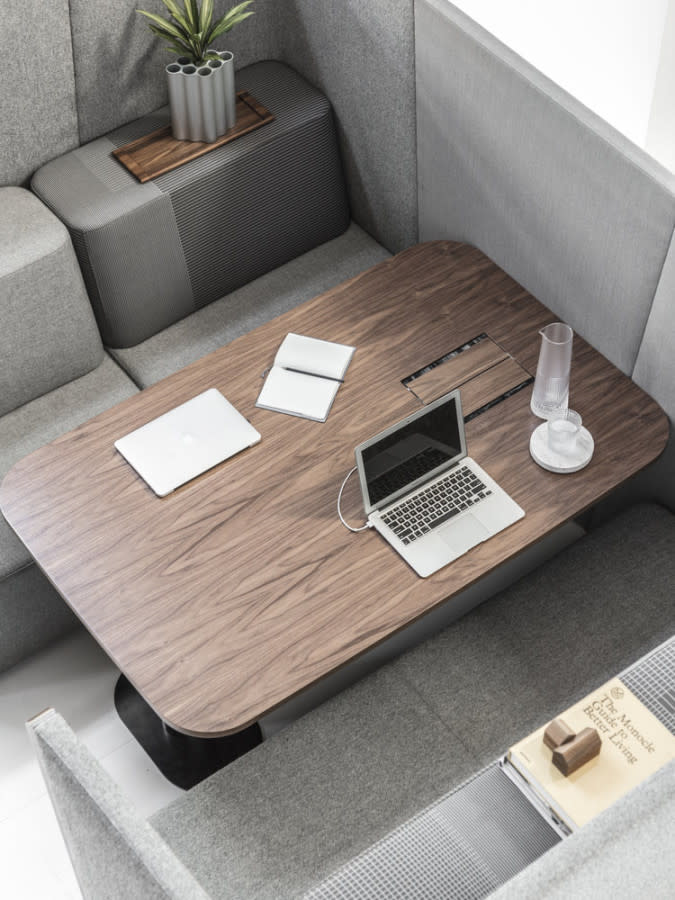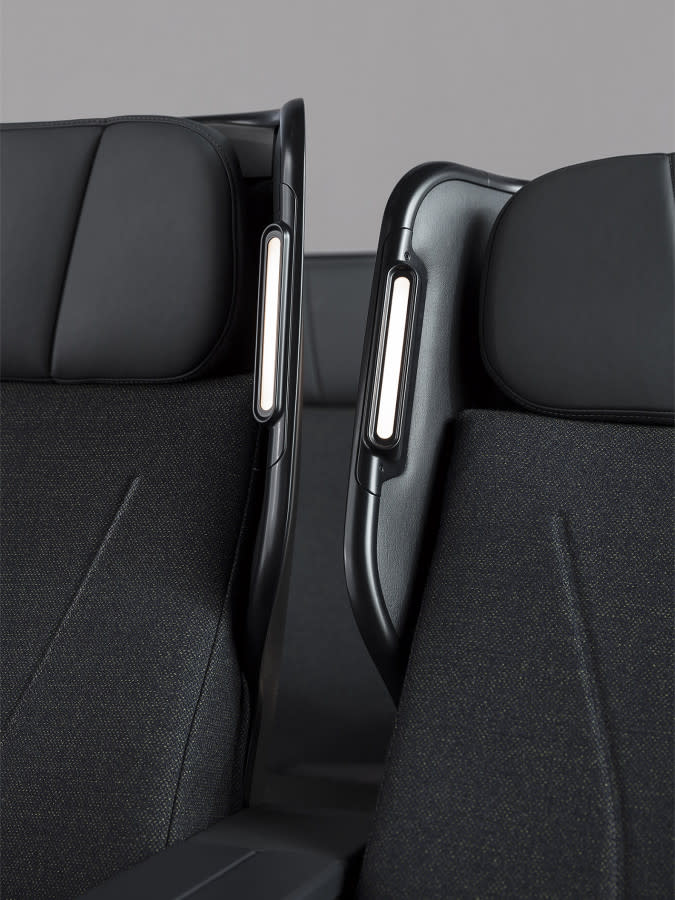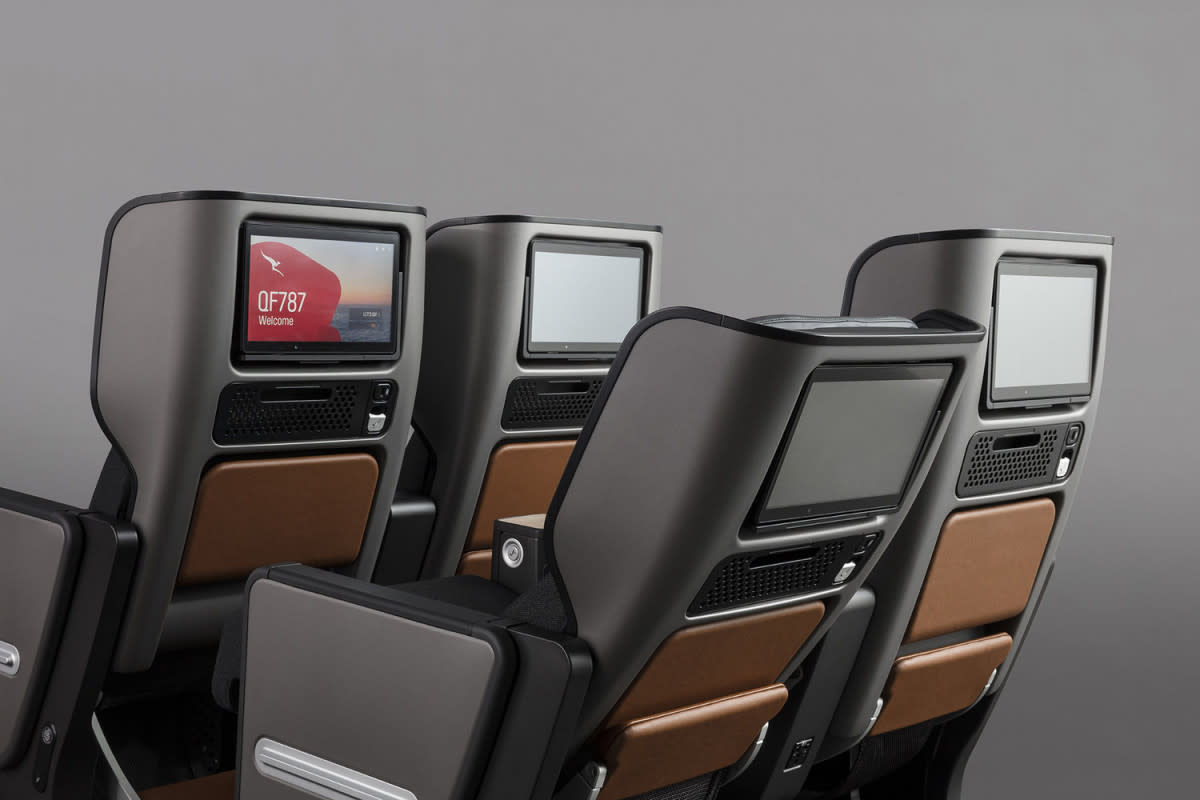David Caon on Transport's New Frontier

It's 10 A.M in Sydney and Studio Caon is calm. It's an unassuming workspace –small, well-lit and tidy – not the kind you would assume to be behind some of Australia's biggest industrial design projects. But when companies like QANTAS are knocking on your door to design their new aircraft, you can pretty much do things however you want.
"In all of them (Sowden, Seymour, Newson) I found something that I liked and that I wanted to mimic, or at least reference and have a part of it."
David Caon

"A solid education and knowledge of design is so important, otherwise you might be going out there and doing something a bit ignorant. There are 50-60 year old design ideas that are just as relevant today as when they were thought up. I don’t see how it couldn’t make you a better designer."
David Caon


"If you look back, some of those really early sci-fi concepts of the 20s and 30s have now become reality. When people let their mind open a little bit, some of these things do happen."
David Caon


QANTAS Dreamliner: From nose to tail
"I already had the love of aviation, as a kid I used to make model airplanes, and I was fascinated by commercial and military aircraft. I still am."
David Caon


"Sometimes they engineer around our design, and sometimes we’ll design around their engineering."
David Caon

Travel's next generation
"There is a reason to keep these cars on the road, because they are part of history, and an important part of art and design. They set the benchmark. The design is beautiful, the proportions are right, if there is a way we can enjoy that in another form, that would be quite interesting."
David Caon

Home grown design




